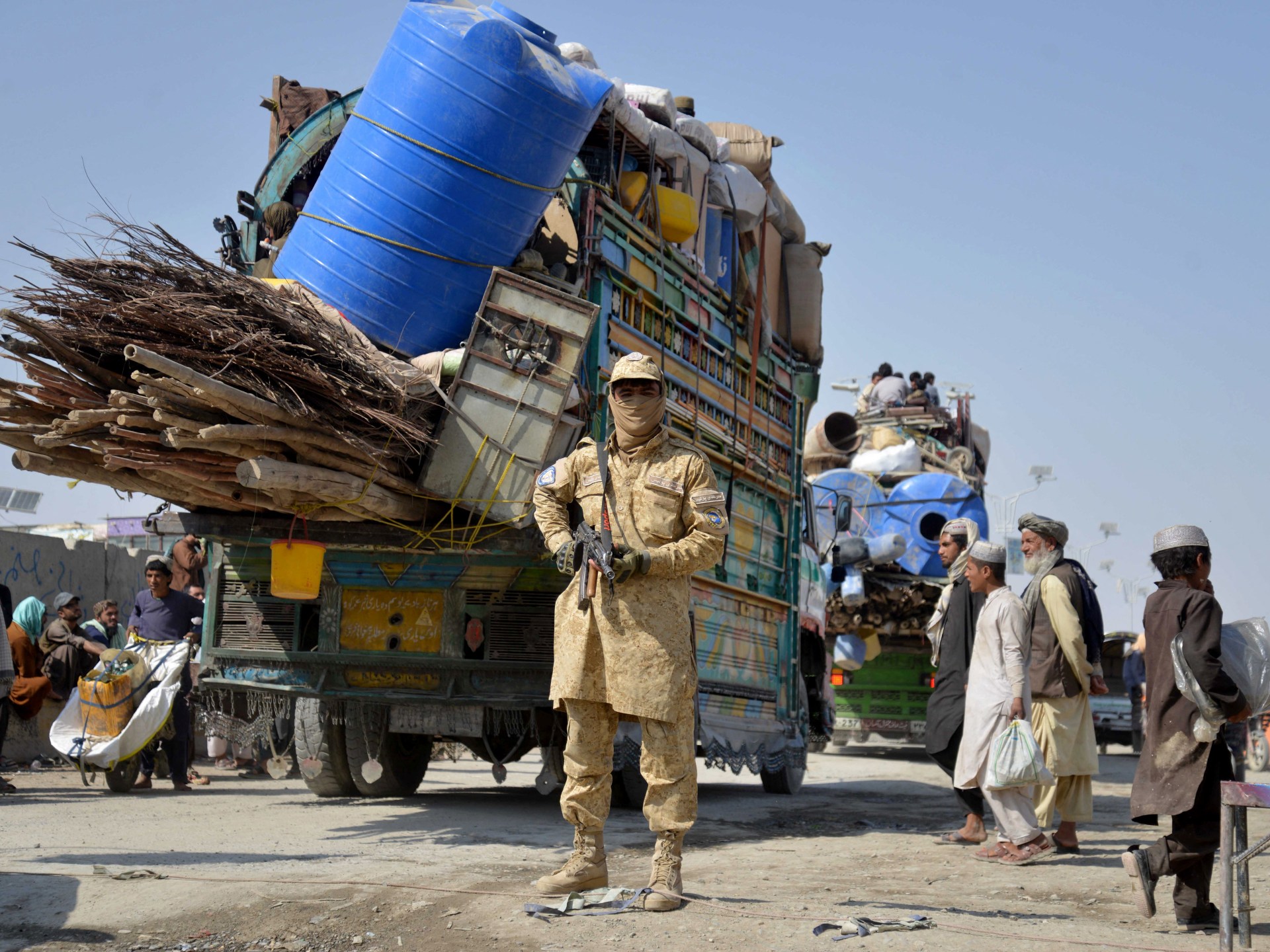It comes as tension simmers along the border, threatening shaky truce between Islamabad and Kabul.
Published On 9 Dec 2025
An attack on a security checkpoint in northwest Pakistan has killed…

It comes as tension simmers along the border, threatening shaky truce between Islamabad and Kabul.
Published On 9 Dec 2025
An attack on a security checkpoint in northwest Pakistan has killed…